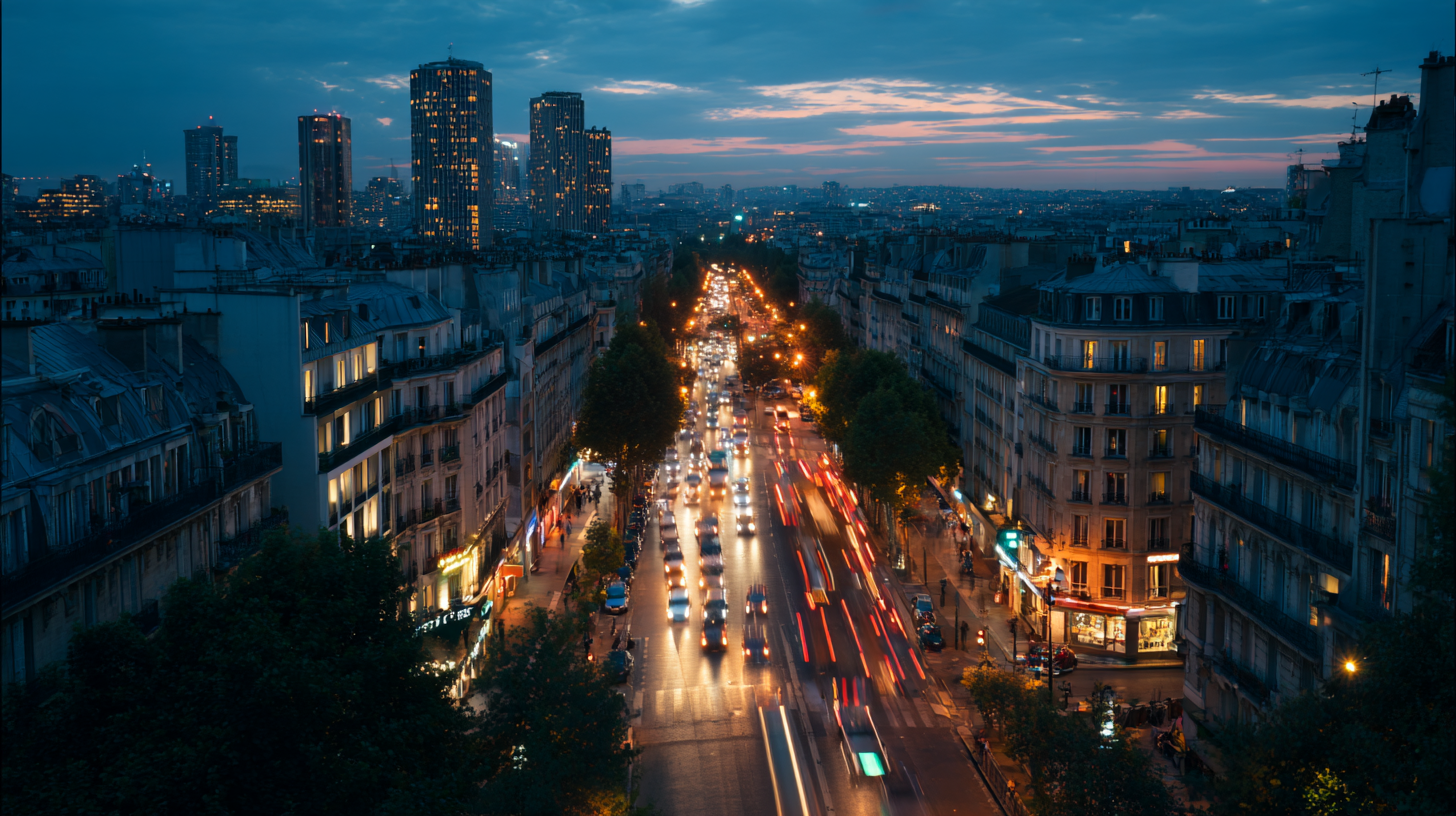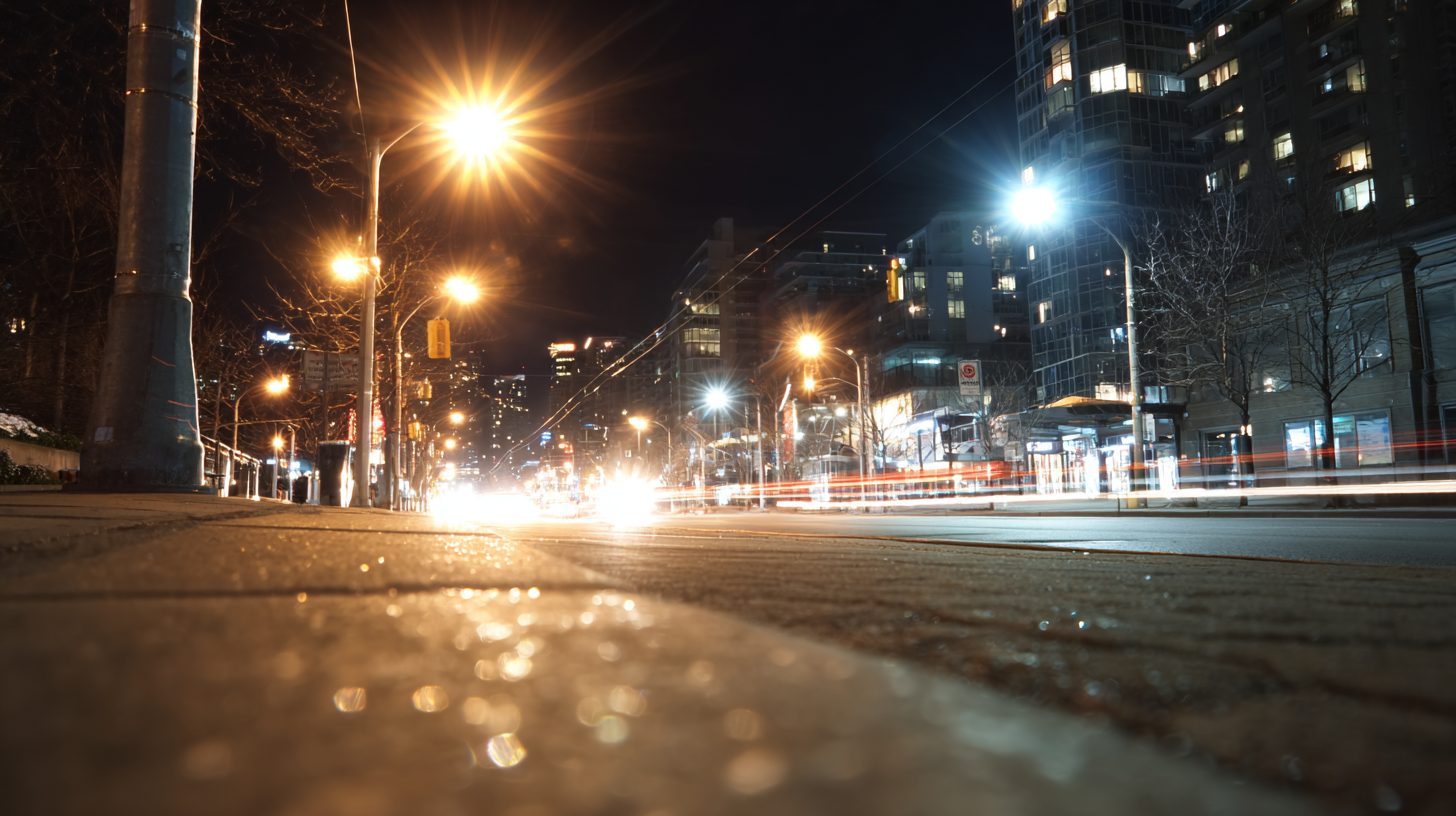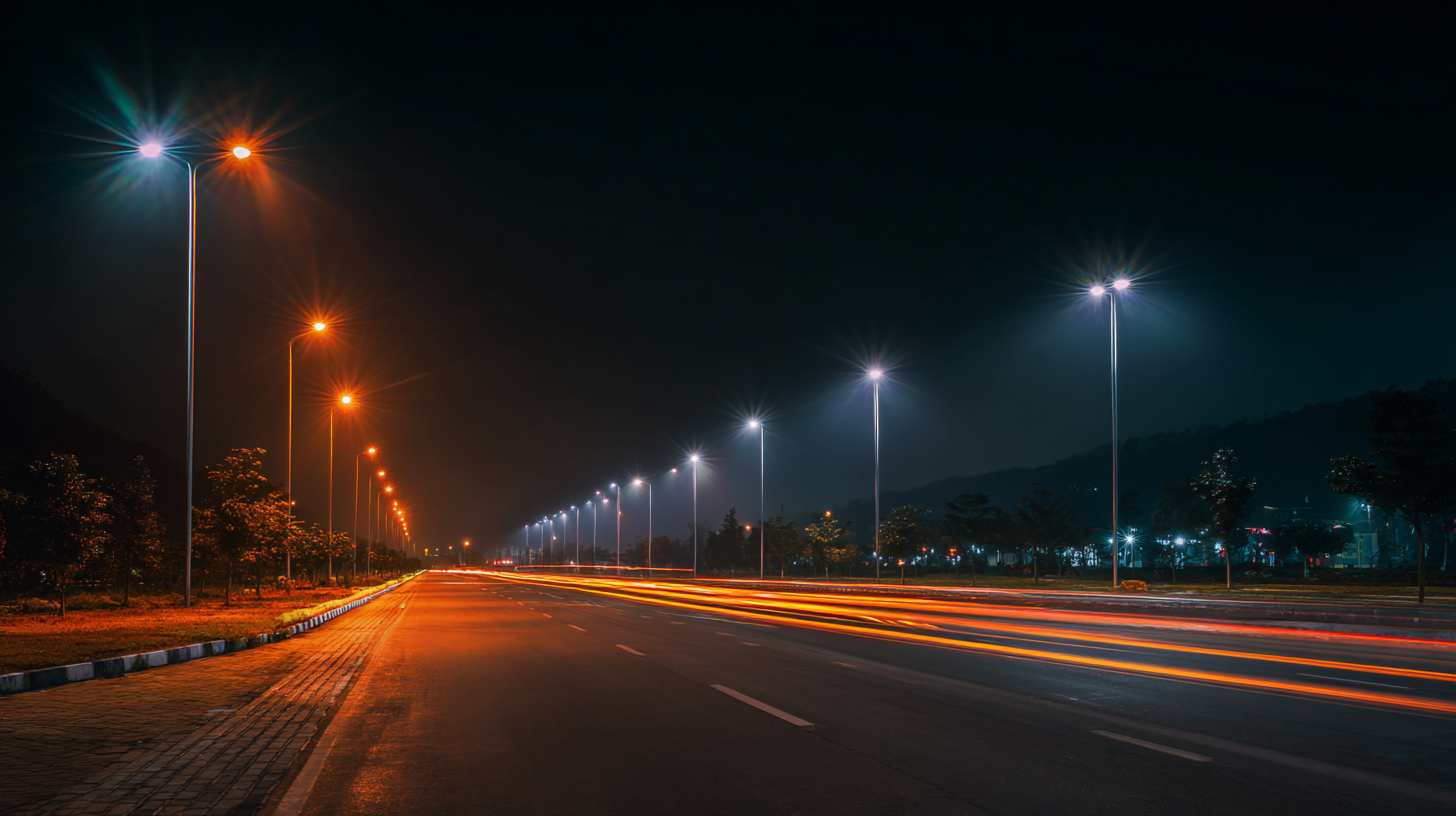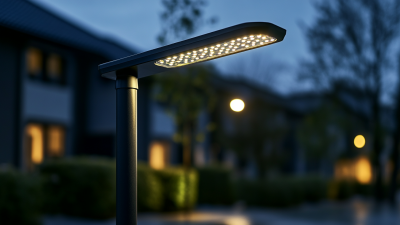How to Choose Energy Efficient Street Lights for Sustainable Urban Development
As urban areas continue to expand, the demand for effective lighting solutions is more critical than ever. Street lights play a vital role in enhancing public safety, improving urban aesthetics, and reducing energy consumption. According to the International Energy Agency (IEA), street lighting accounts for approximately 30% of total energy consumption in urban areas. Transitioning to energy-efficient street lights can significantly lower this figure, with technologies such as LED lighting providing up to 50-70% energy savings compared to traditional options. Additionally, a report by the Global Lighting Association indicates that adopting energy-efficient street lighting can reduce greenhouse gas emissions by over 200 million tons annually. As cities strive for sustainable urban development, understanding how to choose the right energy-efficient street lights becomes imperative for balancing operational efficiency and environmental responsibility.

Understanding the Importance of Energy Efficient Street Lighting in Urban Areas
Energy-efficient street lighting plays a crucial role in enhancing urban sustainability. With urban areas becoming increasingly populated, the need for effective lighting solutions grows. According to a report by the International Energy Agency (IEA), street lighting accounts for about 38% of global electricity consumption in urban settings. Transitioning to energy-efficient lighting, such as LED technology, can significantly reduce this consumption, ensuring that cities not only save on energy costs but also lower their carbon footprint.
When selecting energy-efficient street lights, municipalities should consider various factors including lifespan, maintenance costs, and light quality. The U.S. Department of Energy indicates that LED street lights can reduce energy usage by 50-70% compared to traditional incandescent lights. Moreover, these fixtures have a lifespan of approximately 25,000 to 50,000 hours, significantly decreasing the frequency of replacements and associated labor costs.
Tips for Choosing Energy-Efficient Street Lights:
- Opt for LED fixtures: They offer higher efficiency and longevity.
- Analyze the light distribution: Quality lighting reduces dark spots and improves safety.
- Consider smart lighting solutions: Integrating sensors can optimize energy use by adjusting lights based on actual traffic and pedestrian presence.
Key Factors in Selecting Sustainable Street Lights for Cities
 Choosing energy-efficient street lights is a critical step towards
sustainable urban development. When selecting sustainable street lights, cities should consider several key factors.
First, the technology used, such as LED lighting, is crucial due to its longevity and energy efficiency.
According to the U.S. Department of Energy, LED street lighting can reduce energy consumption by
up to 50% compared to traditional street lights. This shift not only curtails energy costs but also
significantly lowers greenhouse gas emissions, contributing to a healthier urban environment.
Choosing energy-efficient street lights is a critical step towards
sustainable urban development. When selecting sustainable street lights, cities should consider several key factors.
First, the technology used, such as LED lighting, is crucial due to its longevity and energy efficiency.
According to the U.S. Department of Energy, LED street lighting can reduce energy consumption by
up to 50% compared to traditional street lights. This shift not only curtails energy costs but also
significantly lowers greenhouse gas emissions, contributing to a healthier urban environment.
Another important factor is the light distribution and intensity. Proper illumination enhances visibility
and safety in urban areas. Research from the International Dark-Sky Association indicates that
well-designed street lighting can reduce light pollution, which affects wildlife and human health. Cities should also evaluate
the environmental impact of the materials used in street lights. Selecting fixtures made from recyclable materials can
further enhance sustainability. Furthermore, integrating smart technology, such as sensors for adaptive lighting,
offers cities the flexibility to adjust brightness based on real-time conditions, providing not only energy savings but also improved public safety.
Comparing Different Technologies for Energy Efficient Street Lighting
When it comes to selecting energy-efficient street lighting technologies,
it's essential to compare various options based on their performance, energy consumption, and sustainability.
Recent trends in the general lighting market highlight the challenges associated with
high-brightness LED drivers, as manufacturers strive to meet evolving energy efficiency standards set by environmental organizations.
According to industry reports, the adoption of LED technology can reduce energy consumption by up to 60% compared to traditional sodium vapor lamps,
making it a leading choice for urban areas aiming for sustainable development.
In addition to LEDs, other technologies such as solar-powered street lights and
smart lighting systems are gaining traction. Solar street lights, for instance, utilize renewable energy sources to operate autonomously,
thereby reducing electricity reliance and decreasing carbon footprints. Reports indicate that these systems can lead to
a significant reduction in operational costs, with some municipalities saving over 50% in energy expenses.
Furthermore, smart lighting solutions, which incorporate sensors and IoT technology,
allow for adaptive lighting, optimizing energy usage based on real-time conditions. This not only enhances safety and visibility but also contributes to
overall urban sustainability objectives.
Assessing the Lifecycle Cost Benefits of Energy Efficient Street Lights
In the context of urban development, selecting energy-efficient street lights is crucial for reducing lifecycle costs while promoting sustainability. Recent advancements in LED technology demonstrate significant benefits, as these lights can reduce energy consumption by up to 50% compared to traditional lighting solutions. A report projected that the market for energy-efficient lighting is expected to grow significantly, potentially reaching USD 1.2 billion by 2035. This indicates a growing recognition of the economic and environmental advantages of investing in such technologies.

Moreover, adopting a lifecycle cost analysis approach can enhance decision-making processes for urban planners. By considering not only the initial installation costs but also long-term operational and maintenance expenses, municipalities can reap significant financial savings. For instance, the maintenance requirements for LED street lights are notably lower, thereby reducing the total cost of ownership over time. Additionally, integrating nano-grid infrastructure with energy-efficient street lighting can further optimize energy production and consumption, supporting broader energy transition goals as highlighted by the European Union's emphasis on sustainable urban development initiatives.
Implementing Smart Lighting Solutions for Enhanced Urban Sustainability
Implementing smart lighting solutions is a crucial step towards enhancing urban sustainability. Smart lighting is not just about illuminating streets; it involves integrating technology that allows for adaptive and responsive lighting systems. These systems utilize sensors and internet connectivity to adjust light intensity based on real-time conditions, such as pedestrian traffic, ambient light levels, and weather changes. By optimizing energy consumption, cities can significantly reduce their carbon footprint while improving public safety and visibility.
Moreover, smart lighting solutions can be integrated with renewable energy sources, such as solar panels, further promoting sustainability. This approach not only reduces reliance on the grid but also fosters a sense of energy independence in urban areas. Additionally, the data collected from smart lighting systems can inform city planning and management, leading to more efficient resource allocation and improved urban designs. As cities strive for sustainability, embracing smart lighting technology will play a pivotal role in shaping greener and smarter urban environments.
Related Posts
-

How to Choose the Perfect Street Lights for Your Outdoor Spaces
-

Exploring the Best Street Lights: A Comprehensive Comparison for Global Buyers
-

Exploring Varieties of Street Lights and Their Best Applications for Global Buyers
-

Finding Quality Suppliers for Best Street Lights A Comprehensive Checklist for Smart Buyers
-

Challenges Faced by Global Buyers When Sourcing Wall Lights from Manufacturers
-

Advantages of Utilizing LED Lighting in Modern Businesses to Maximize Energy Efficiency





